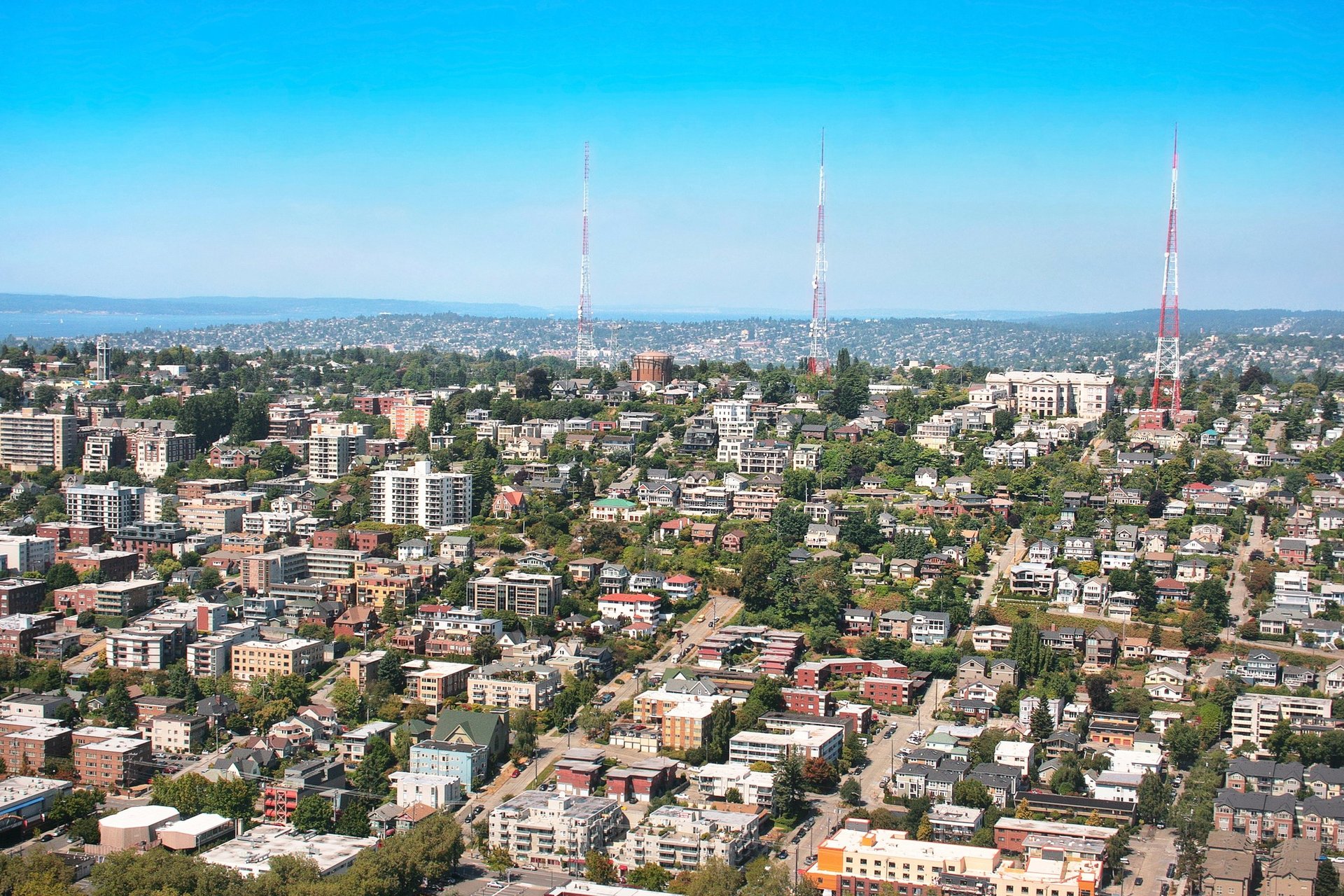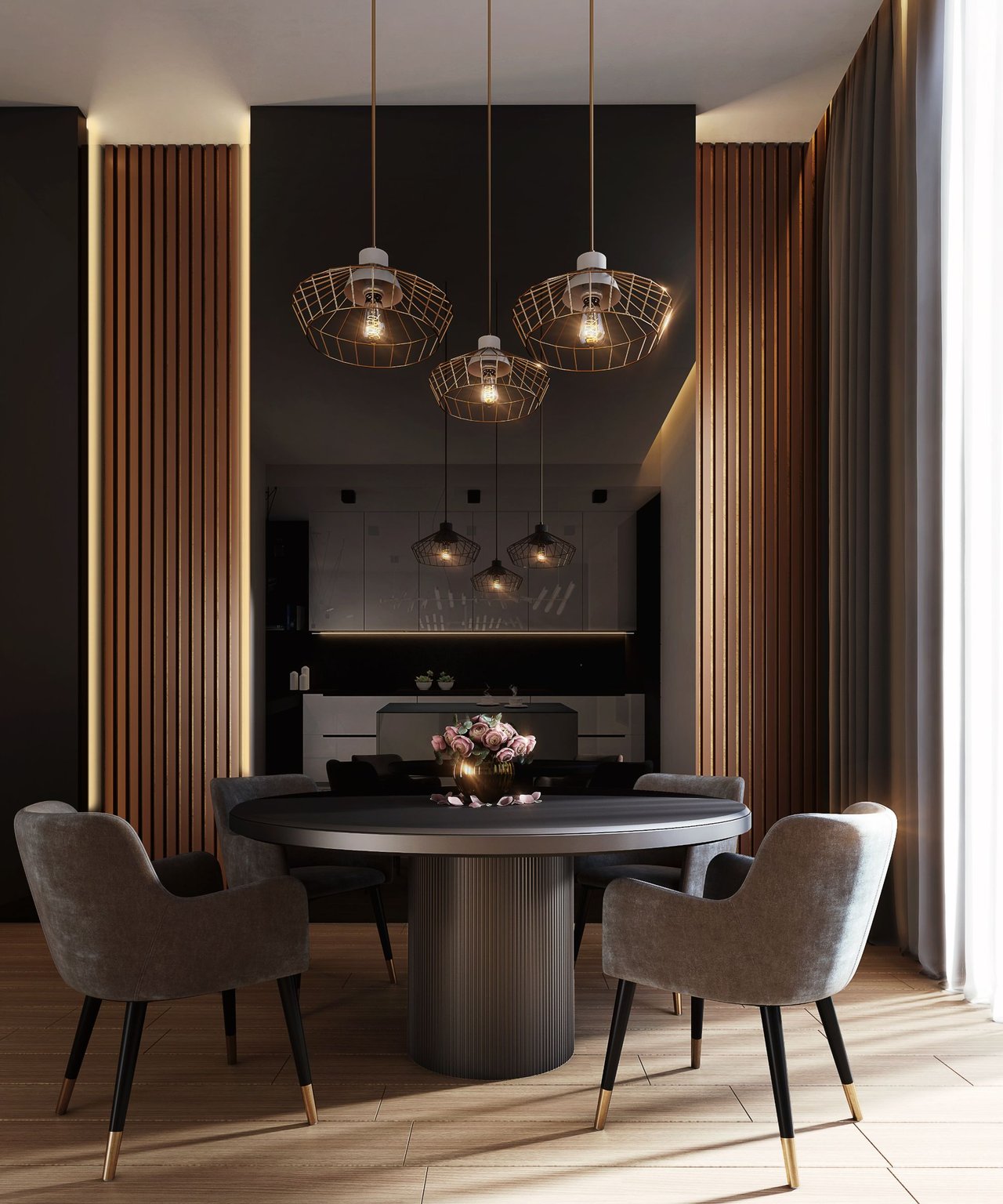If I told you that there was a way to...
- Reduce pollution
- Increase affordable housing
- Reduce traffic
- Reduce urban sprawl (saving forest and farmland)
- Boost your home value
- AND make a little extra money each month
...you’d be interested in learning more, right?
Many people have heard of mother-in-law apartments before. These units are attached to a home and are also called Accessory Dwelling Units (ADUs). In the city of Seattle, an ADU is limited to 1,000 square feet in a single-family structure and up to 650 square feet in a rowhouse or townhouse.
Homeowners also have the option of building a backyard cottage on their property, also referred to as a Detached Accessory Dwelling Unit (DADU). In the city of Seattle, the minimum lot size required for a DADU is 4,000 square feet in single-family zones. The DADU is limited to 800 square feet of gross floor area, including garage and storage areas, in single-family zones and 650 square feet in a low-rise zone.
Tiny homes are having a moment in popular culture right now, and they are also considered a DADU if they sit on a foundation. If the tiny home sits on wheels, it is treated as a camper trailer by the city.
Seattle is unique in that most of the city is comprised of single-family homes and quaint, family-friendly neighborhoods. So why doesn’t every single-family home in Seattle have an ADU or DADU? Aside from the basic permitting laws and lot size requirements, the city has created a complicated set of rules that homeowners must follow.
What are the hurdles to building an ADU/DADU?
- The owner is typically required to provide off-street parking.
- Each lot is allowed only one ADU or DADU.
- Just eight people can live amongst both the main house and accessory unit.
- The property owner must live in the main home or the unit for most of the year.
Other cities don’t have these complicated rules, and they are home to a larger number of ADU/DADUs. For example, a third of Vancouver’s single-family homes had a permitted in-law apartment or backyard cottage, compared to only about 1% of Seattle homes. Vancouver adds about 1,000 ADUs per year to their single-family neighborhoods and is now home to some 27,000 ADUs.
In comparison, Seattle added 156 ADUs in 2016, which was an increase from 116 units added in 2015. That same year, Seattle added 6,000 apartment units.
Though Seattle ADU/DADU laws have been in place since 2010, opponents to these zoning and permitting laws argue that ADU/DADUs take away from the character of their neighborhood and would accelerate gentrification. However, research on density has been proven time and time again a road to healthier, happier communities.
More ADU/DADUs in Seattle would result in more residents having easy access to public transportation and the city’s best parks, schools, and job opportunities. Homeowners will benefit from extra income and increased home values. By loosening the city’s rigid permitting laws around ADU/DADUs, everyone wins.


